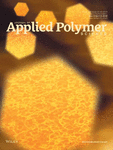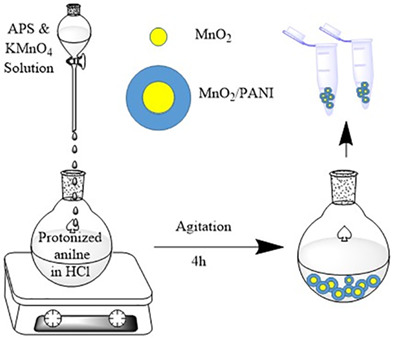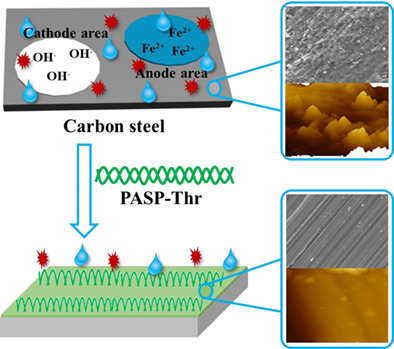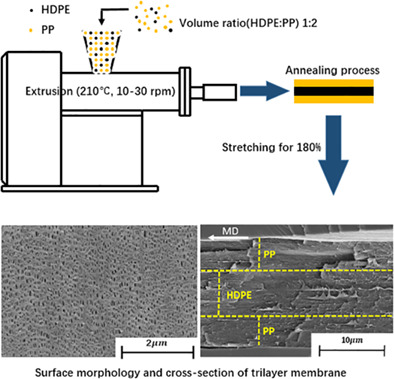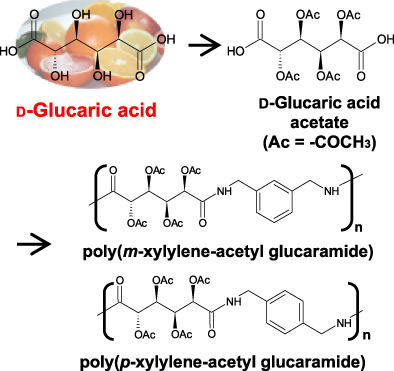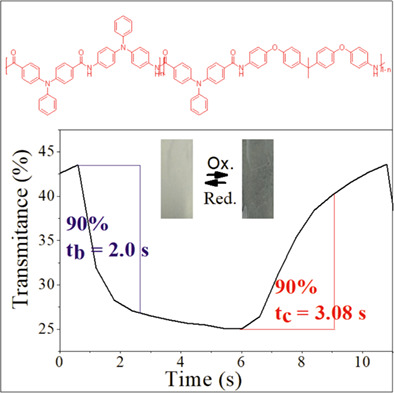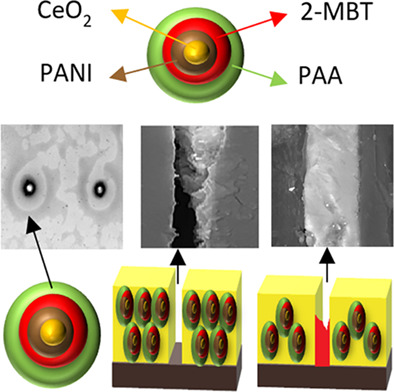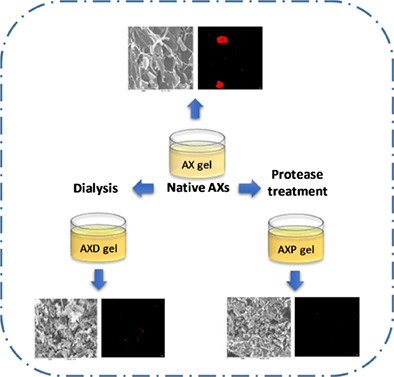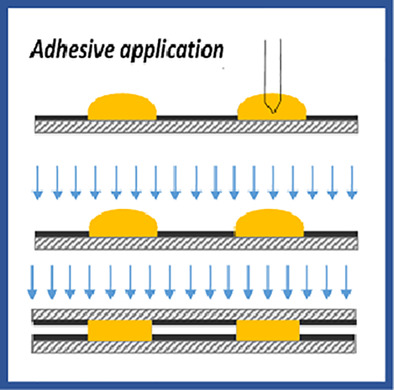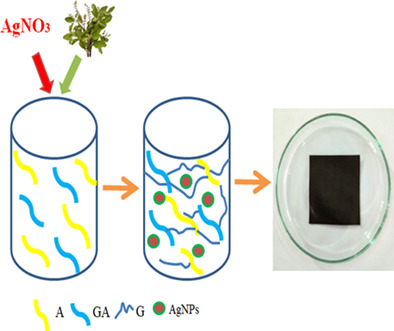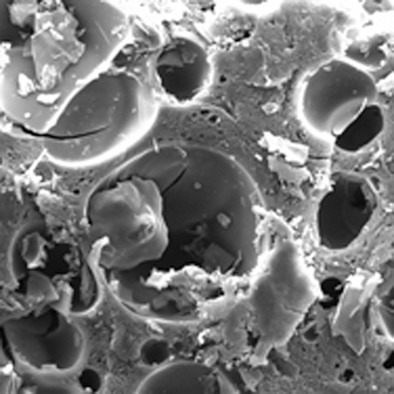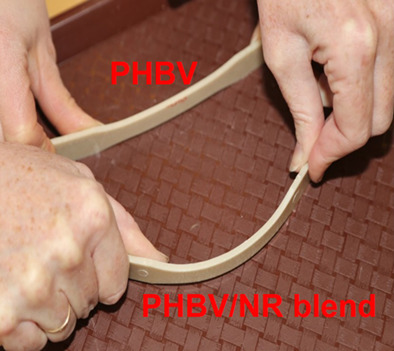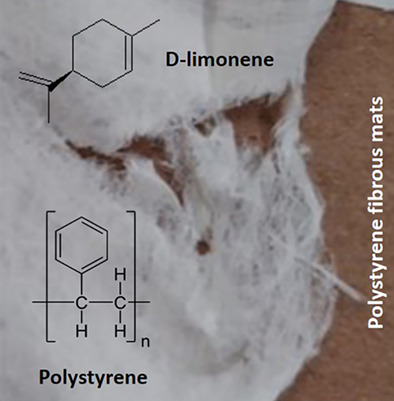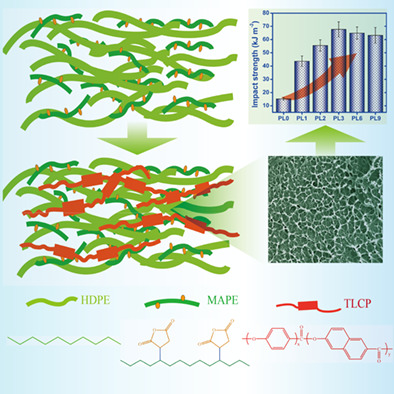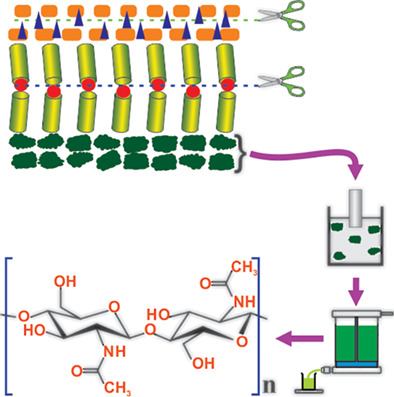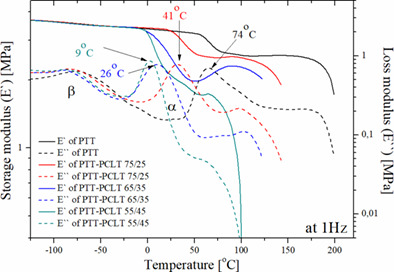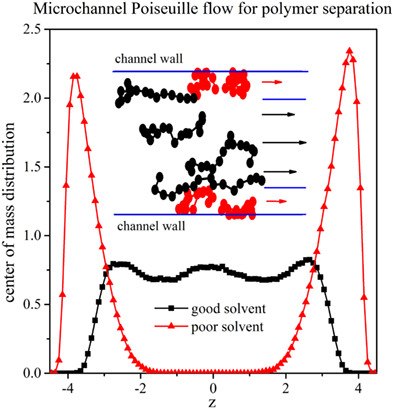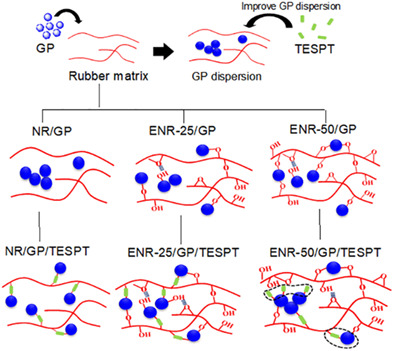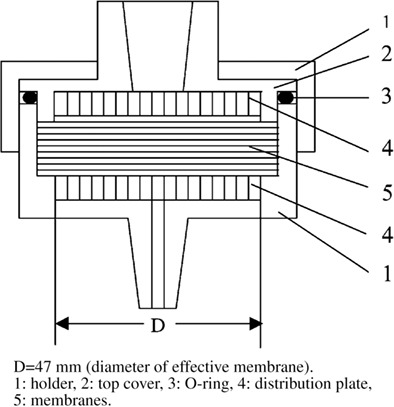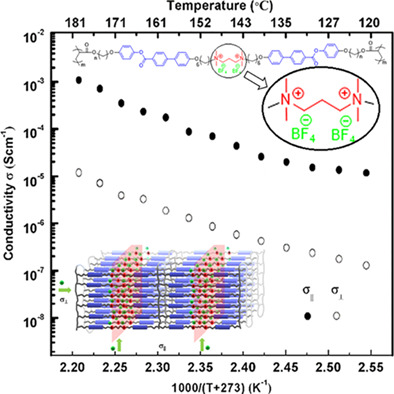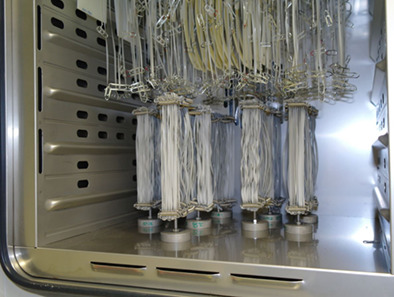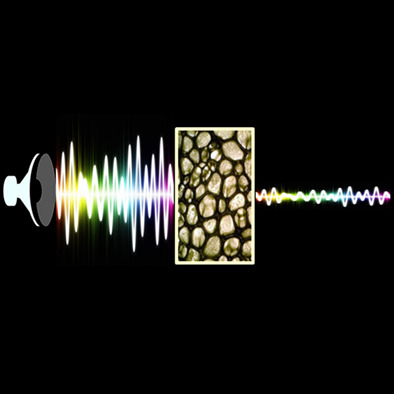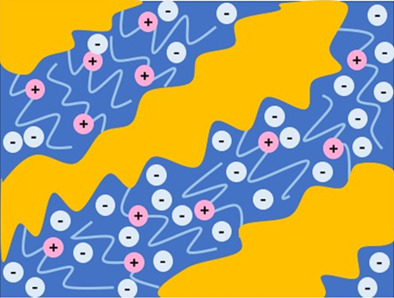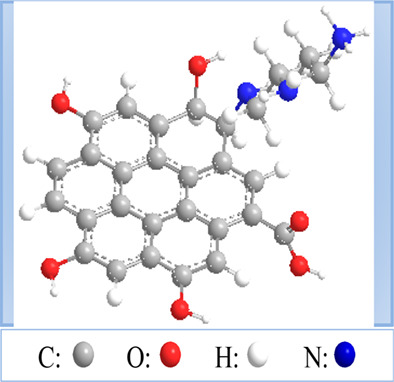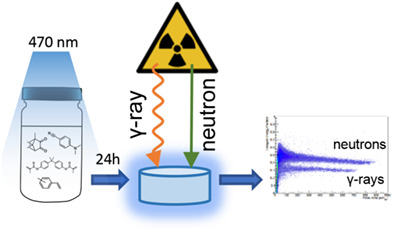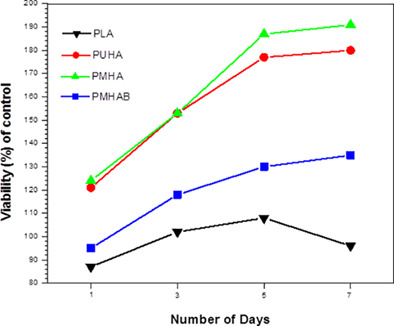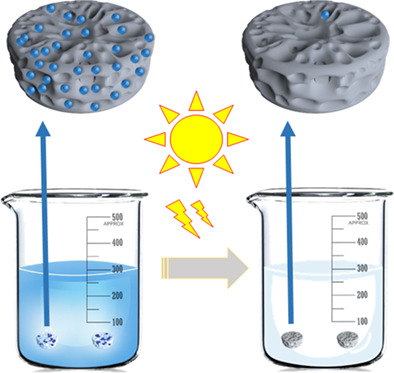Journal list menu
Export Citations
Download PDFs
Cover Image
Cover Image, Volume 136, Issue 15
- First Published: 19 January 2019
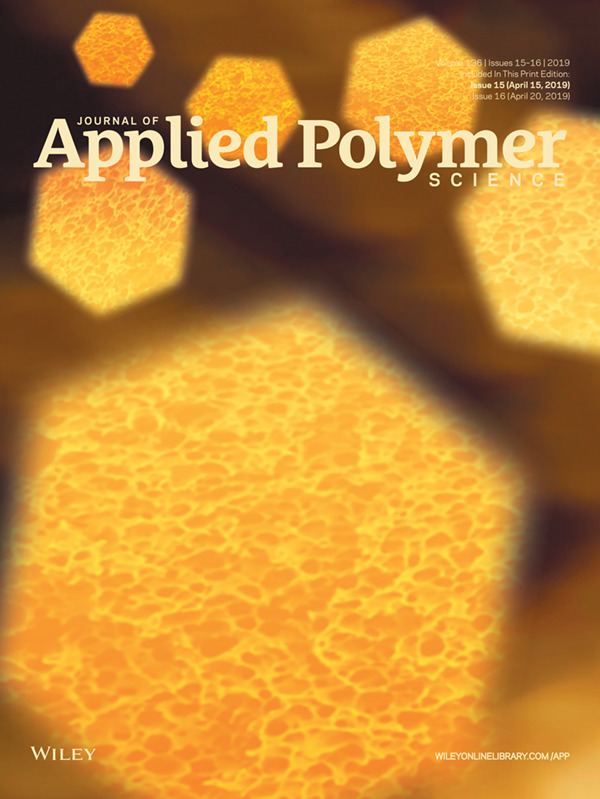
Sponge-like pore (cellular pore) structure of ultrafiltration membrane has special advantages on rejection and anti-pressure performance. The cover by Lei Zhang and colleagues shows a SEM image of sponge-like pore structure of PES UF membrane, which was prepared by adding some non-solvent additives. The membrane with fully sponge-like structure retained good operation stability for long time at high pressure. Inevitably, the permeate flux was decreased because of greater mass transfer resistance. DOI: 10.1002/app.47525.
Issue Information
Articles
MnO2/Cr2O3/PANI nanocomposites prepared by in situ oxidation polymerization method: Optical and electrical behaviors
- First Published: 17 December 2018
Corrosion inhibition performance of threonine-modified polyaspartic acid for carbon steel in simulated cooling water
- First Published: 17 December 2018
Novel method for fabrication of PP/HDPE/PP trilayer microporous membrane with a highly orientated structure
- First Published: 17 December 2018
Synthesis of polyamides from sugar derived d-glucaric acid and xylylenediamines
- First Published: 17 December 2018
Electrochromism of novel triphenylamine-containing polyamide polymers
- First Published: 17 December 2018
Epoxy coating with self-healing capability based on a 2-mercaptobenzothiazole-loaded CeO2 nanocontainer
- First Published: 18 December 2018
Partial removal of protein associated with arabinoxylans: Impact on the viscoelasticity, crosslinking content, and microstructure of the gels formed
- First Published: 18 December 2018
Dewetting and photochemical crosslinking of adhesive pads onto lithographically patterned surfaces
- First Published: 17 December 2018
Development of alginate-gum acacia-Ag0 nanocomposites via green process for inactivation of foodborne bacteria and impact on shelf life of black grapes (Vitis vinifera)
- First Published: 18 December 2018
Zeolite reinforced carboxymethyl cellulose-Na+-g-cl-poly(AAm) hydrogel composites with pH responsive phosphate release behavior
- First Published: 20 December 2018
Bio-based blends from poly(3-hydroxybutyrate-co-3-hydroxyvalerate) and natural rubber for packaging applications
- First Published: 18 December 2018
Polystyrene bioactive nanofibers using orange oil as an ecofriendly solvent
- First Published: 17 December 2018
Reinforcement of wood flour/HDPE composite with a copolyester of p-hydroxy benzoic acid and 2-hydroxy-6-naphthoic acid
- First Published: 17 December 2018
Enzymatic treatments as alternative to produce chitin fragments of low molecular weight from Alternaria alternata
- First Published: 17 December 2018
Synthesis, structure, and physical properties of poly(trimethylene terephthalate)-block-poly(caprolactone) copolymers
- First Published: 17 December 2018
Effect of solvent quality on Poiseuille flow of polymer solutions in microchannels: A dissipative particle dynamics study
- First Published: 17 December 2018
Mechanical, thermal, morphological, and curing properties of geopolymer filled natural rubber composites
- First Published: 17 December 2018
Preparation of a modified crosslinked chitosan/polyvinyl alcohol blended affinity membrane for purification of His-tagged protein
- First Published: 17 December 2018
Anisotropic films photopolymerized from aligned cross-linkable gemini ammonium liquid crystals for ion conduction
- First Published: 17 December 2018
Hot air aging behavior of polypropylene random copolymers
- First Published: 17 December 2018
Relationship on structure and properties of polyurethane modified Diels–Alder addition polymer
- First Published: 18 December 2018
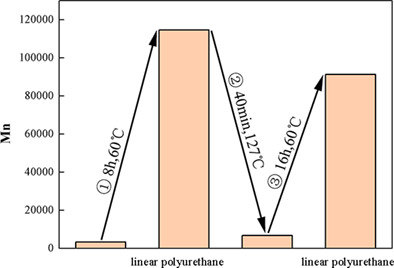
D-A adducts have characteristics that polymerizing in low temperature and depolymerizing in slightly high temperature. To explore whether the material has reversible self-healing properties, GPC were used to characterize the properties of polymerization-depolymerization-repolymerization material. The GPC of L-DAPU-8 was measured and the experimental results are as follows. It can be seen that the relative molecular weight decreases rapidly after 40 minutes of depolymerization, and the relative average molecular weight of the r-DA products gradually increase after 16 hours of repolymerization, which indicates that D-A products undergo depolymerization-repolymerization and have self-healing properties.
Investigation of ureido-attached vinyl MQ silicone resin on tracking and erosion resistance of addition-cure liquid silicone rubber
- First Published: 20 December 2018
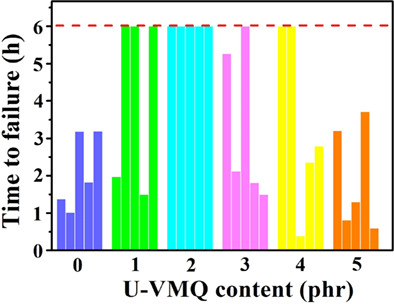
Ureido-attached vinyl MQ silicone resin (U-VMQ) was synthesized for enhancing the tracking and erosion resistance of addition-cure liquid silicone rubber (ALSR). With 2 phr of U-VMQ containing 2.5wt% of vinyl content, the ALSR successfully passed the inclined plane tracking (IPT) at 4.5 kV, and the electrical erosion rate was only 0.13%.
Acoustic damping flexible polyurethane foams: Effect of isocyanate index and water content on the soundproofing
- First Published: 20 December 2018
Simultaneous reduction and surface functionalization of graphene oxide and the application for rubber composites
- First Published: 20 December 2018
Plastic scintillators with efficient light output and pulse shape discrimination produced via photoinitiated polymerization
- First Published: 18 December 2018
Rheokinetic study of acrylic reactive mixtures dedicated to fast processing of fiber-reinforced thermoplastic composites
- First Published: 18 December 2018
Synergized poly(lactic acid)–hydroxyapatite composites: Biocompatibility study
- First Published: 18 December 2018
CuS-functionalized cellulose based aerogel as biocatalyst for removal of organic dye
- First Published: 20 December 2018
Effect of nonsolvent additives on PES ultrafiltration membrane pore structure
- First Published: 10 January 2019
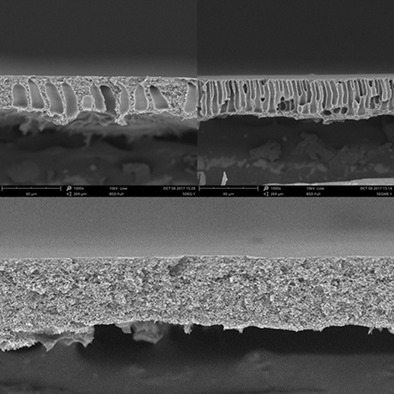
In this study, the effect of different non-solvent additives on the pore structure of PES ultrafiltration membrane had been evaluated. The pore structure would gradually become sponge-like structure with moderate addition of non-solvent additive. The sponge-like structure showed excellent properties in operation stability.




